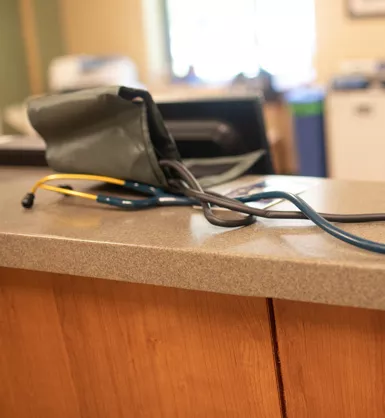Visit Vale Health Marketplace?
You are leaving balladhealth.org to visit Vale Health’s Wellness Marketplace.
Disclaimer: Ballad Health does not sponsor, endorse or recommend any product or resource listed in the marketplace.
Any condition that affects your sinuses, neck, face, voice, ears or hearing should be taken seriously, as it can have a lasting impact on how you interact with the world around you.
Visit one of our ear, nose and throat (ENT) specialists or otolaryngologists at a Ballad Health facility in the Appalachian Highlands to ensure you're staying healthy or developing a care plan to treat a chronic condition.
If you have symptoms of an ear, nose or throat condition, your doctor may ask you to get one or more of these tests:

Choose Ballad Health for expert care when you need an ear, nose and throat procedure or treatment.
During sinus surgery, your surgeon may use technology that displays a picture of the inside of your sinuses.
This allows the surgeon to see exactly where surgical tools are needed, helping you get the best outcome from your procedure.
For some minimally invasive surgeries on your mouth or throat, your surgeon may utilize advanced robotic technology that moves more steadily and precisely than human hands.
Robotic-assisted surgery leads to a faster recovery time, lower rates for surgical complications or infections and minimal pain from surgery.
Your surgeon may also use a special nerve monitoring system that helps protect your health during treatment.